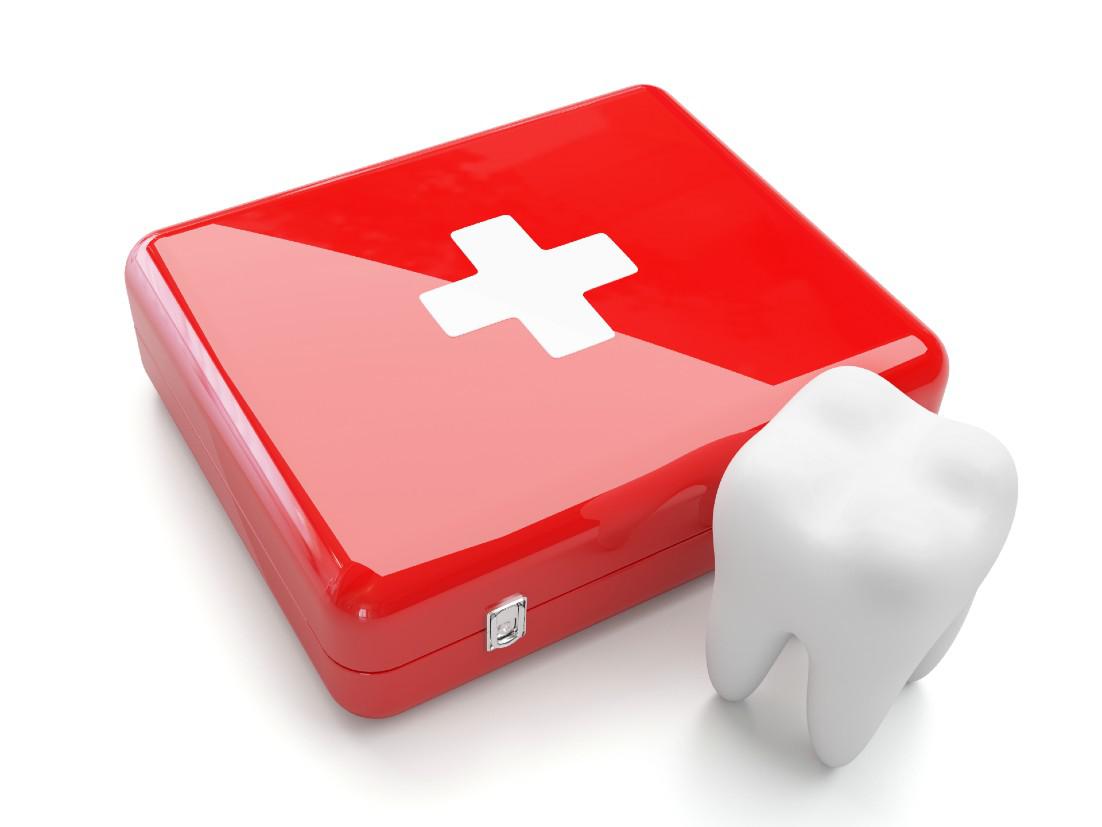Dental Emergencies - Lutherville-Timonium, MD
Dental emergencies can happen anytime, and when they do, you need prompt, reliable care to bring comfort and relief. At Legacy Dental Studio, we specialize in providing top-notch emergency dental services for residents of Lutherville-Timonium, MD, and the surrounding areas. Whether it’s severe tooth pain, a knocked-out tooth, or a dental injury, our clinic is here to restore your smile and get you back to feeling your best.
Same-Day Emergency Dental Care You Can Trust
When a dental emergency strikes, time is of the essence. Legacy Dental Studio offers same-day emergency dental care to address urgent dental concerns quickly and effectively. Our experienced team of dental professionals is equipped to handle a wide range of emergencies, from broken teeth to infections, so you don’t have to wait in pain.
What Is Considered a Dental Emergency?
It’s crucial to know when you should seek out an emergency dentist. Here are some common dental emergencies we treat in our Lutherville-Timonium emergency dentist office:
- Severe Toothaches: Persistent or sharp tooth pain can indicate an underlying problem, such as an infection or cavity, requiring immediate attention.
- Chipped or Broken Teeth: A cracked or fractured tooth can lead to sensitivity and further damage if left untreated.
- Knocked-Out Teeth: Acting fast is key for re-implantation success. Bring the tooth to our office immediately.
- Dental Abscess: Painful swelling and infections around the gums or teeth need urgent care to prevent the spread of infection.
- Lost Fillings or Crowns: Exposed teeth can be sensitive and vulnerable to further damage; prompt care can prevent complications.
- Bleeding Gums or Trauma: Unexplained bleeding or injuries from accidents should be examined right away.
If you’re unsure whether your situation qualifies as a dental emergency, don’t hesitate to call us. Our team will help you determine if you need immediate care.
Why Choose Legacy Dental Studio for Emergency Dental Care?
At Legacy Dental Studio, we understand the stress and discomfort dental emergencies can bring. That’s why our approach is centered on compassionate, high-quality care for every patient. Here’s what sets us apart in Lutherville-Timonium, MD, and surrounding areas:
1. Experienced Emergency Dentist
Our skilled dentist has extensive experience in handling all types of dental emergencies, ensuring you receive the best care possible.
2. State-of-the-Art Technology
We utilize modern dental technology for accurate diagnostics and efficient treatments, helping you get back to your normal routine as quickly as possible.
3. Convenient Location in Lutherville-Timonium
Our dental studio is centrally located in Lutherville-Timonium, MD, making it easy for patients from Timonium, Towson, Cockeysville, and nearby areas to reach us.
4. Same-Day Appointments
We keep our schedule flexible to accommodate emergencies, and you can count on us for same-day appointments whenever possible.
5. Patient-Centered Approach
From the moment you call, our friendly team will prioritize your care. We work with you to make sure you're comfortable and informed during every step of the process.
Your Guide to Handling a Dental Emergency
While waiting to see an emergency dentist, here are a few tips to minimize pain and protect your oral health:
- Toothaches: Rinse your mouth with warm water and gently floss to remove debris. Avoid taking aspirin, as it can burn the gum tissue.
- Knocked-Out Tooth: Rinse the tooth gently with water without scrubbing it. Try placing it back in its socket, or keep it in a container of milk until you reach your dentist.
- Broken Tooth: Rinse your mouth with warm water and apply a cold compress to reduce swelling.
- Lost Filling or Crown: Keep the area clean and use dental cement (available at most drugstores) to temporarily cover the exposed tooth.
Seek prompt treatment to ensure the best outcomes for your dental health and smile!
Serving Lutherville-Timonium, MD, and Beyond
At Legacy Dental Studio, we proudly serve not only residents of Lutherville-Timonium, MD, but also those in the surrounding communities, including Timonium, Towson, Cockeysville, and Hunt Valley. No matter where you’re coming from, you can count on us for exceptional emergency dental care delivered with the utmost professionalism and compassion.
Contact Our Lutherville-Timonium Emergency Dentist
Don’t suffer through dental pain or risk complications by delaying care. Trust the experienced team at Legacy Dental Studio to handle your emergency with expertise and efficiency.
Contact our Lutherville-Timonium emergency dentist to schedule your appointment, or visit our office in Lutherville-Timonium, MD. We’re here to provide you with relief and restore your smile!


